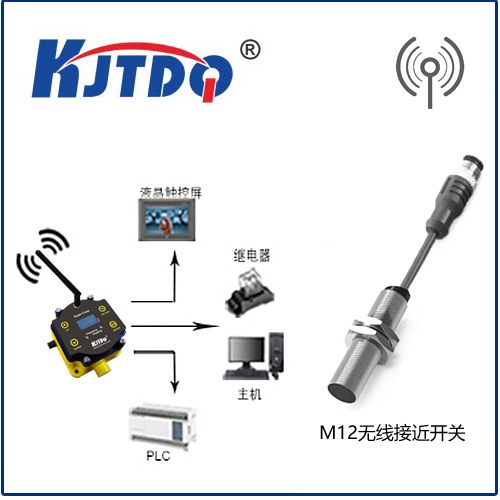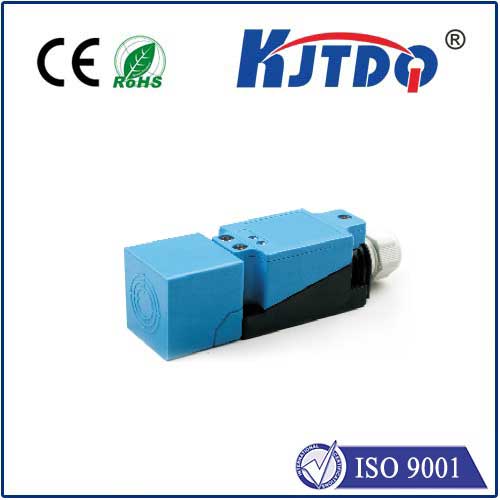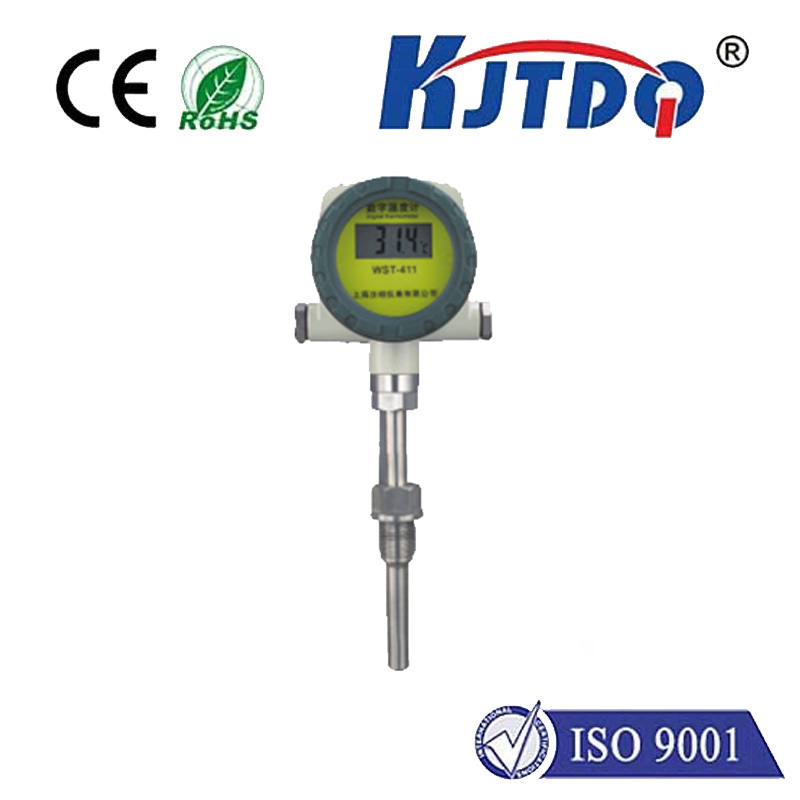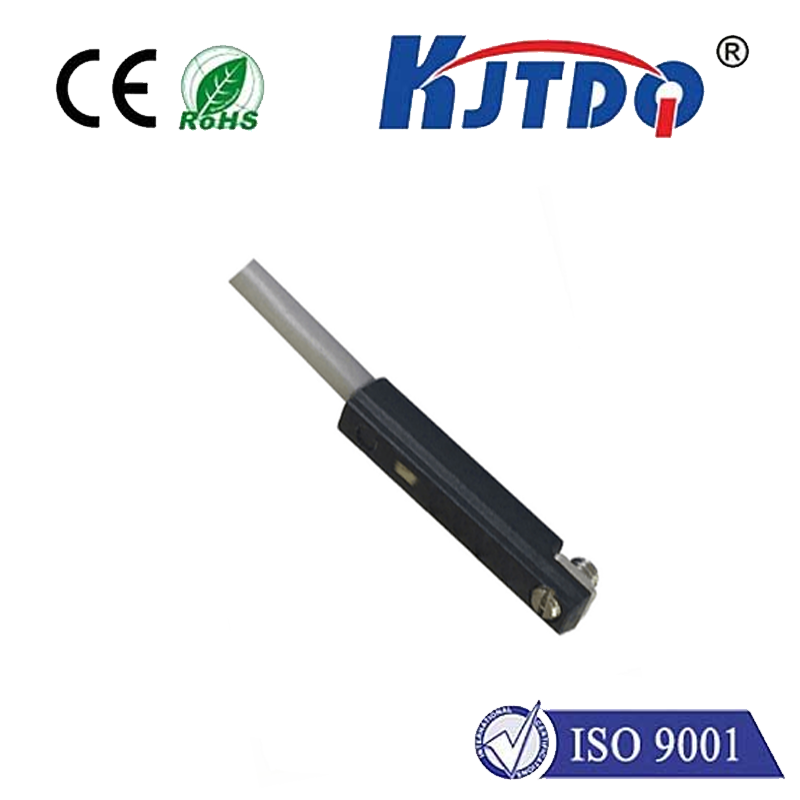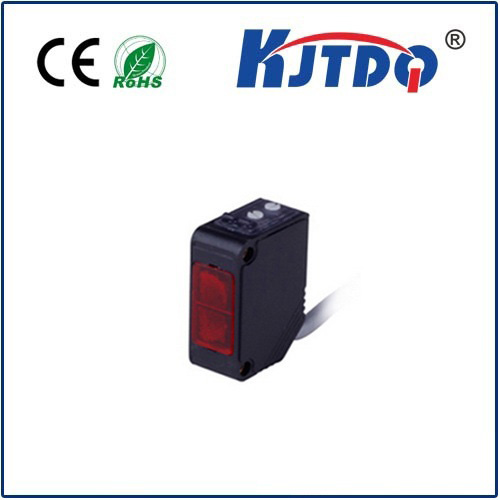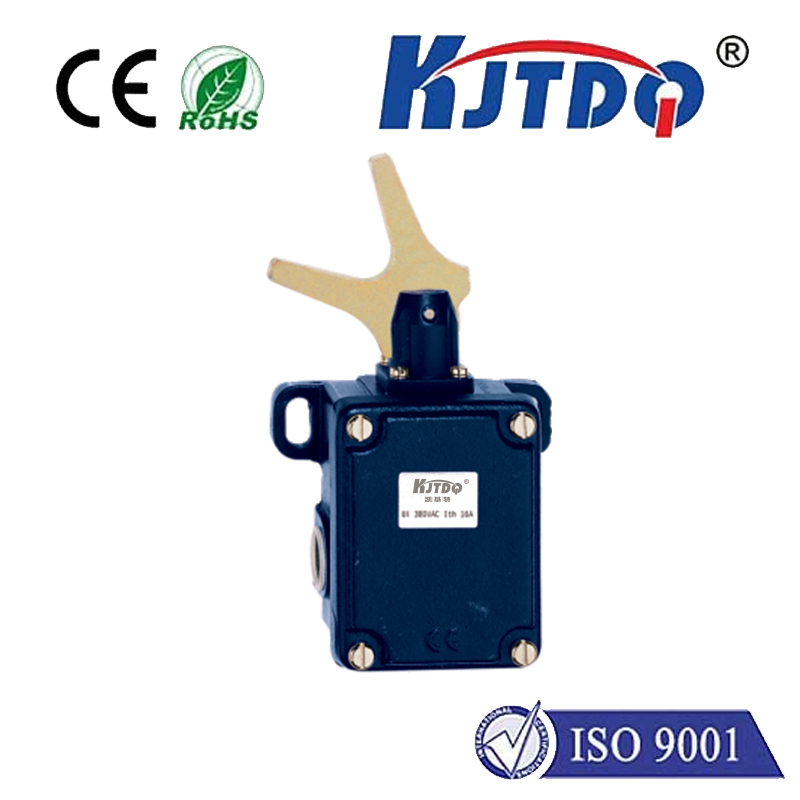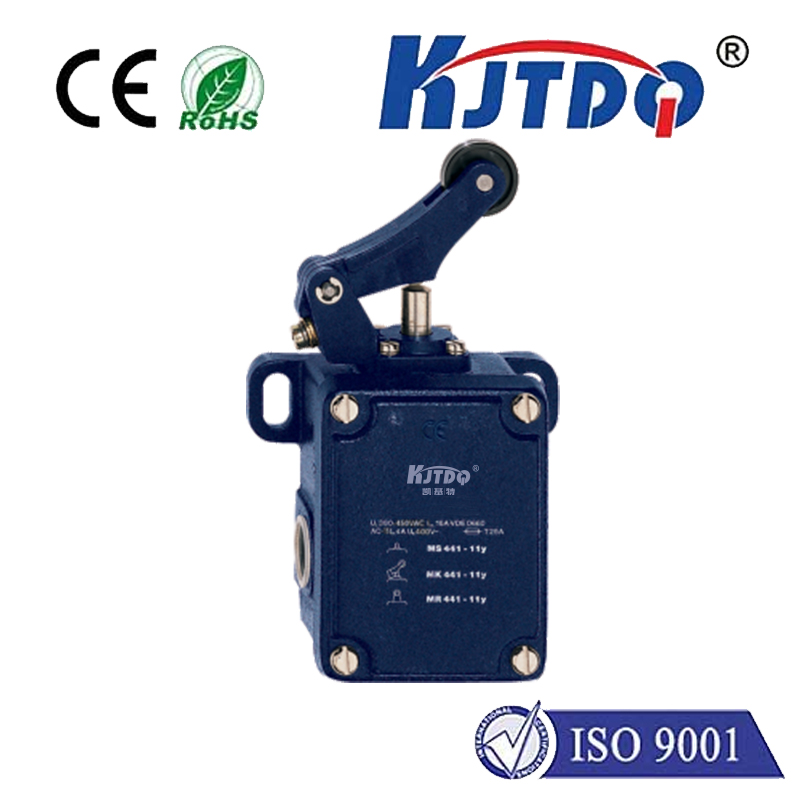
check

check

check

check
Title: "Raspberry Pi Limit Switch Integration: A Comprehensive Guide"
Introduction
The Raspberry Pi, a popular single-board computer, has been a favorite among hobbyists and makers for its versatility and affordability. One of the key features that make the Raspberry Pi stand out is its expandability, allowing users to add various peripherals to enhance its functionality. In this article, we will focus on integrating a limit switch with a Raspberry Pi to create a simple control system. We will cover the necessary hardware, software, and steps to achieve this integration.
Hardware Requirements
To integrate a limit switch with a Raspberry Pi, you will need the following components:
1. Raspberry Pi (any version)
2. Limit switch (e.g., a push button or a joystick)
3. Breadboard
4. Jumper wires
5. Power supply (if using an external limit switch)
6. Optional: LED or other indicator light to display switch state
Connecting the Limit Switch to the Raspberry Pi
There are two main types of limit switches: open-collector and normally closed (NC). For simplicity, we will assume that you have an NC type limit switch. Connect the following pins on the breadboard to correspond to the switch's connections:
* Ground (GND) to any unconnected breadboard row or column
* Input (IN) to the switch's normally closed pin (commonly labeled "NO")
* Output (OUT) to the same breadboard row as GND
* Optional: if using an external limit switch, connect the power supply (+V) and ground (GND) wires to the appropriate voltage sources.
Setting Up the Raspberry Pi
Once you have connected all the components, follow these steps to set up your Raspberry Pi:
Step 1: Power on your Raspberry Pi and connect it to your monitor and keyboard using HDMI cable and USB mouse/keyboard adapter. Open a terminal and install required packages: `sudo apt-get update` and `sudo apt-get install python3-rpi.gpio`. This will enable GPIO control using Python.
Step 2: Before writing any code, ensure that your Raspberry Pi is in configuration mode by pressing the **Ctrl + X** keys at the same time while the reset button is pressed. Release both buttons when the Raspberry Pi boots up into configuration mode, then press `Ctrl + X` again. Use the arrow keys to select `Boot from SD card`, then press `Enter`. Enter your password if prompted, then press `Enter`. Finally, select `Recovery mode` and press `Enter`. You should now be in recovery mode with root access. Press `Ctrl + X` one more time to return to normal mode.
Step 3: Enable GPIO control by running the following command: `echo out > /sys/class/gpio/gpio0/direction`. Replace `gpio0` with the number of the GPIO header you are using, if different.
Step 4: Write a Python script to read the state of the limit switch and control an LED or other indicator light accordingly. Here's an example script that checks the state of GPIO pin 17 (which represents our input pin from Step 3):
\```python
import RPi.GPIO as GPIO
import time
import os
# Set the GPIO mode and numbering scheme
GPIO.setmode(GPIO.BOARD)
GPIO.setup(17, GPIO.IN)
os.system("clear") # Clear screen after printing output for better readability in Jupyter Notebooks etc.
print("Limit Switch State (Pressed = HIGH, Released = LOW):")
while True:
input_state = GPIO.input(17) # Read input state without triggering an interrupt
os.system("clear") # Clear screen after printing output for better readability in Jupyter Notebooks etc.
